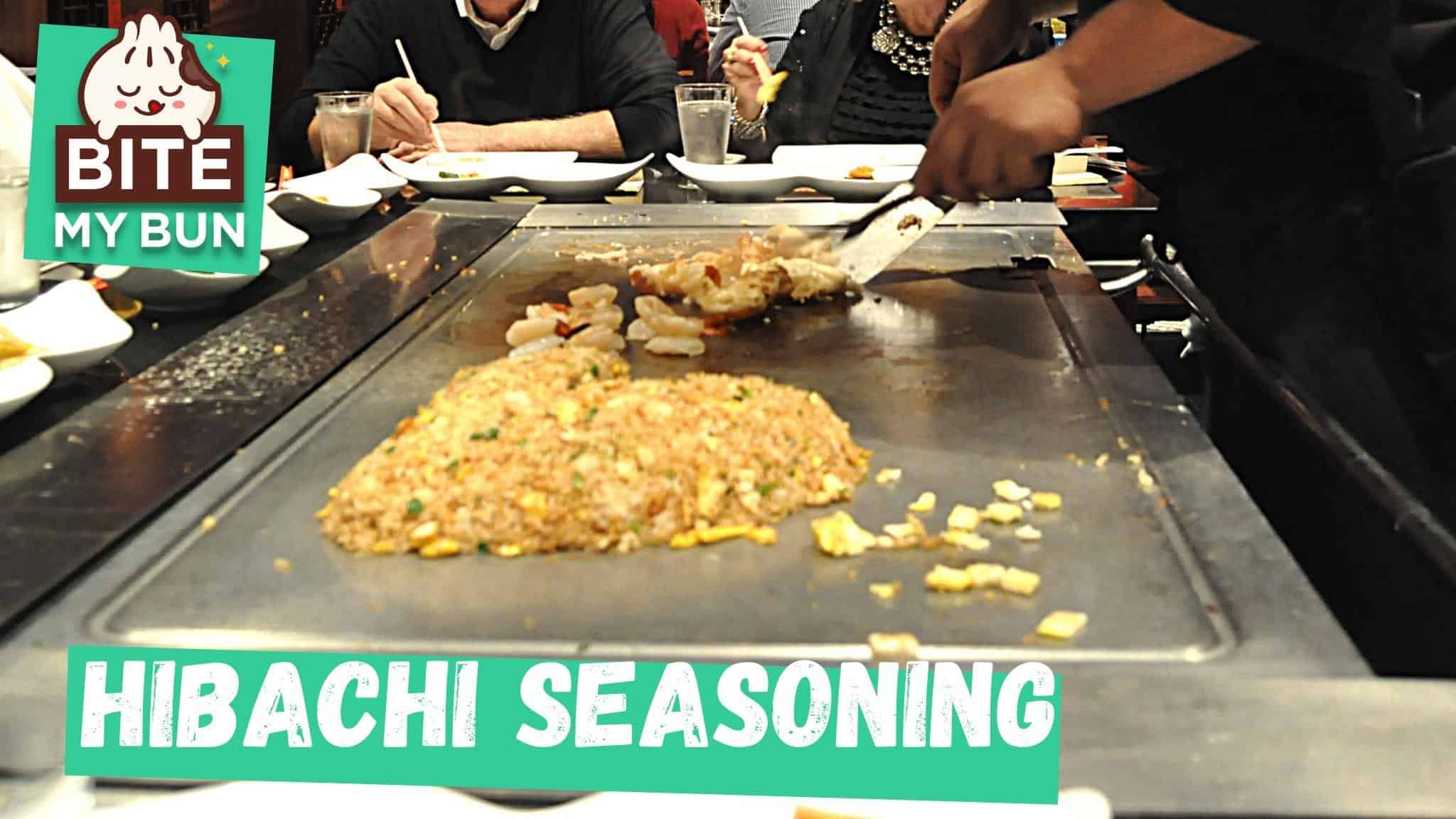What seasoning is used in hibachi? 3 things you’ll need
Salt and pepper are used to taste when making hibachi, but the most flavor comes from garlic butter and soy sauce. In addition, vegetable oil and sesame oil are also frequently used for added flavor and hibachi chefs often squirt sake on the meat for show and flavor.
It is added at the same time as the soy sauce and gives you recognizable hibachi flavors from your favorite Japanese steakhouse.
To fry hibachi-like food, fry vegetables with oil in the grill. While they’re cooking, sautée them in a soy sauce garlic butter mixture that looks a little like peanut butter, and cook them very quickly.
Serve with hot rice with soy sauce cooked on the other side of the grill, or with lots of meat and vegetables.


Check out our new cookbook
Bitemybun's family recipes with complete meal planner and recipe guide.
Try it out for free with Kindle Unlimited:
Read for freeWhat gives hibachi its flavor?
The three main dry spices in hibachi cuisine is garlic ginger and sesame seeds. Garlic imparts a little taste when used in whole clove form and sauteed along with the meat and vegetables, though garlic butter with jarred minced garlic is used to really get that intense flavor.
Juicy slices of well seared rib-eye and well browned and deliciously glazed vegetables that were just as good as those I had so many years ago.
My personal recipe included a little more soy garlic butter and a touch of mirin – a syrupy rice wine with a sweet taste.
What oil is used in Hibachi?
Good oils like peanuts are common in hibachi restaurants. You could add 10% or more Chinese or Japanese sesame oil to taste more authentic. Tempura oil can sometimes be purchased from Japan on Japanese markets in Japan.
Do hibachi restaurants use MSG?
Hibachi restaurants don’t use any artificial additives and although Japanese food is famous for its MSG flavors, the food you’re likely to eat doesn’t have any MSG. Stay clear from any dashi-infused dishes like miso soup and you’ll have a great meal.
Also read: this is the REAL hibachi, not quite the same as teppanyaki
Check out our new cookbook
Bitemybun's family recipes with complete meal planner and recipe guide.
Try it out for free with Kindle Unlimited:
Read for freeJoost Nusselder, the founder of Bite My Bun is a content marketer, dad and loves trying out new food with Japanese food at the heart of his passion, and together with his team he's been creating in-depth blog articles since 2016 to help loyal readers with recipes and cooking tips.

